Best Doctors for ACL Knee Surgery in Hyderabad
Senior Consultant Orthopaedic Surgeon
English, Hindi, Telugu
Day time OPD:
MON - SAT : 9:00 AM - 4:00 PM
Select preferred date and time to continue to book an appointment....
Senior Consultant Trauma, Robotic Joint Replacement, Sports Arthroscopy, Ilizarov, Kyphoscoliosis, Endoscopic Spine and Pediatric Orthopedic Surgeon
English, Hindi, Telugu
Day time OPD:
MON - SAT : 09:00 AM - 05:00 PM
Select preferred date and time to continue to book an appointment....
Sr. Consultant Orthopaedic Surgeon, Shoulder, Elbow, Hand and Sports Injuries, Clinical Director
English, Hindi, and Telugu
Day time OPD:
MON - SAT : 9:00 AM - 4:00 PM
Services info not available
Select preferred date and time to continue to book an appointment....
Sr. Consultant Trauma & Orthopedic Surgeon & Clinical Director
English, Hindi, Telugu, Tamil
Day time OPD:
MON - SAT : 9:00am - 4:00 pm
Select preferred date and time to continue to book an appointment....
Sr. Consultant Orthopedic Surgeon
English, Hindi, Telugu
Day time OPD:
MON - SAT : 10:00 AM - 05:00 PM
Select preferred date and time to continue to book an appointment....
Consultant Orthopedics, Trauma, Arthroscopy and Robotic Joint Replacement Surgeon
English, Hindi, Telugu
Day time OPD:
MON - SAT : 09:00 AM - 4:00 PM
Select preferred date and time to continue to book an appointment....
Sr. Consultant Orthopaedic Joint Replacement & Arthoscopic Surgeon
English, Hindi, Telugu, Kannada
Day time OPD:
MON - SAT : 10:30 AM - 05:00 PM
Evening OPD:
MON - SAT : 05:00 PM - 07:00 PM
Select preferred date and time to continue to book an appointment....
Sr. Consultant Orthopedics Surgeon & Clinical Director
English, Hindi, Telugu
Day time OPD:
MON - SAT : 09:00 AM - 4:00 PM
Select preferred date and time to continue to book an appointment....
Senior Consultant Joint Replacement and Complex Trauma Surgeon
Telugu, Kannada, English, Hindi
Day time OPD:
MON - SAT : 09:00 AM - 4:00 PM
Select preferred date and time to continue to book an appointment....
Dr. R. A. Purnachandra Tejaswi
MBBS, MS (Ortho), DNB (Ortho), FAACSr. Consultant Orthopaedic Surgeon & Clinical Director, Sports Orthopaedics, Arthroscopy, Shoulder Service.
English, Hindi, Telugu
Day time OPD:
MON - SAT : 09:00 AM - 4:00 PM
Evening OPD:
MON - SAT : 05:00 PM - 07:30 PM
Select preferred date and time to continue to book an appointment....
Consultant Orthopaedic and Trauma Surgeon
English, Hindi, Telugu
Day time OPD:
MON - SAT : 09:00 AM - 04:00 PM
Evening OPD:
MON - SAT : 04:00 PM - 07:00 PM
Select preferred date and time to continue to book an appointment....
Senior Consultant & Clinical Director specializing in Shoulder Surgery, Arthroscopy, and Joint Replacement.
English, Hindi, Telugu
Day time OPD:
MON - SAT : 09:00 AM - 4:00 PM
Services info not available
Select preferred date and time to continue to book an appointment....
Senior Consultant Orthopaedic, Robotic Joint Replacement, Shoulder, Sports Medicine & Trauma Surgeon
English, Hindi, Telugu and Kannada
Day time OPD:
MON - SAT : 10:30 AM - 05:00 PM
Evening OPD:
MON - SAT : 05:00 PM - 07:00 PM
Select preferred date and time to continue to book an appointment....
FAQ’s
How do ACL tears happen?
The ACL is one of the major ligaments in the knee joint, which keeps your knee stable; therefore, a sudden twist or fall during sports such as football, basketball, or running, or a direct knee injury due to an accident, can cause ACL tearing.
What kind of doctor performs ACL surgery?
ACL surgery can be well performed by orthopedic surgeons who are highly specialized in sports medicine or knee injuries to restore the knee’s stability & improve the quality of life.
Can a ligament tear heal itself?
Minor ligament tears can be managed with rest and medical therapy; however, severe grade 3 & 4 ACL tears may require surgical therapy.
Which is the best hospital for ACL surgery in Hyderabad?
Yashoda Hospital is a leading center for ACL surgery, offering the best orthopedic services through our expert team of surgeons and advanced technology, complemented by comprehensive rehabilitation care.




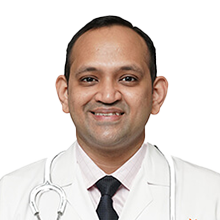

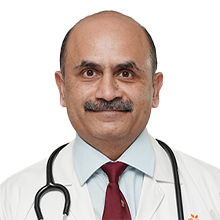
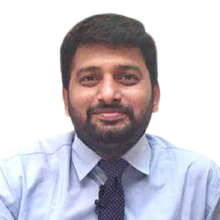
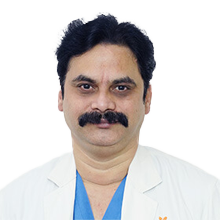
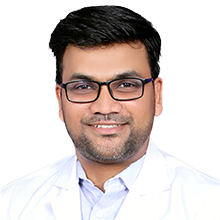



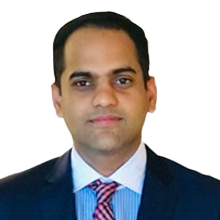

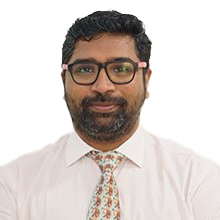

 Appointment
Appointment WhatsApp
WhatsApp Call
Call More
More